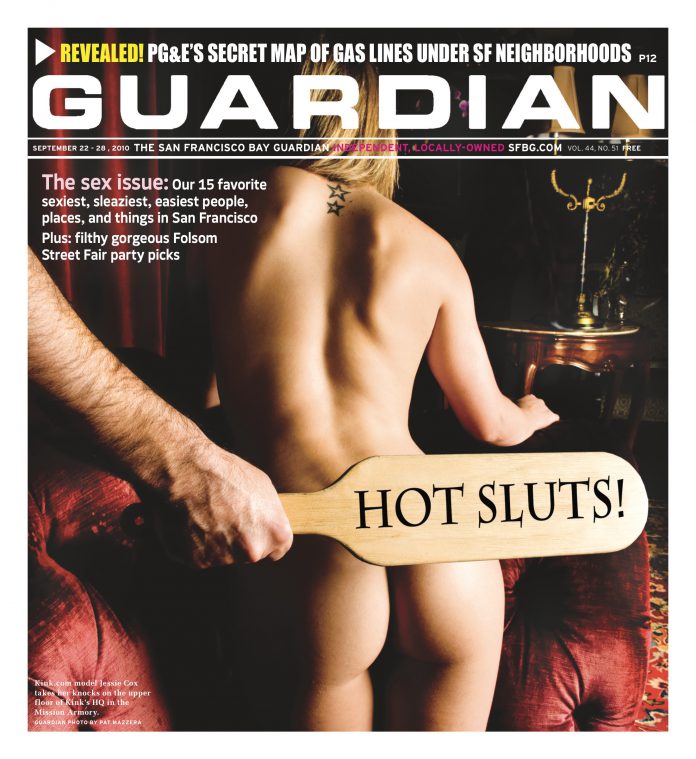arts@sfbg.com
FILM Alternatively hailed as a sensitive cine-poet and derided as a brazenly ethnocentric pseudo-anthropologist cloaking shoddy fieldwork with mystification, Robert Gardner remains a controversial figure — when he is remembered at all. With a younger generation of filmmakers (Lisandro Alonso, Apichatpong Weerasethakul, Ben Russell, Claire Denis) rewiring the tropes of sensory ethnography to their own ends, the troubling beauty of Gardner’s work seems freshly relevant if no less problematic. Yerba Buena Center for the Arts opens this Pandora’s box the right way, with restored 35mm prints of three of Gardner’s best known works.
I first encountered Gardner’s work in the classroom, where it made an appealing target for students eager to sniff out colonialist discourses in documentary form. The argument against a film like Dead Birds (1964) is well rehearsed: Gardner depicts the Nuer people as a primitive culture untouched by history or politics; masks the participatory aspects of ethnographic filmmaking; allows himself a ranging voice-over while leaving all Nuer speech untranslated; and contrives two protagonists to act as convenient ciphers for Hollywood narrative conventions of simultaneity and suspense. Then there is the Harvard credit. Gardner led the university’s Film Study Center for 40 years, and the films say so: “Produced for the Film Study Center, Harvard University.” The charges of cultural paternalism come easily enough.
Even taking the charitable view that Gardner acted more on allegorical ambition than innate arrogance, he clearly avails himself of the least reputable power base of anthropology — I speak about them; they do not speak back to me. Moreover, he does so with a formal insouciance that would drive most anthropologists nuts. What burned me about the line taken on Gardner in my seminar was that it came of watching his films on projected VHS, a degraded medium that implicitly treats films as content rather than experience. And indeed, it’s on the level of content that Gardner’s failings are most manifest. But seen in 35mm, when the filmmaker’s attention to sensory detail (sound, color, texture) and psycho-kinetic cutting might at the very least provoke unexpected feelings, the argument against loses some of its inevitability.
The second film of the Yerba Buena program, Rivers of Sand (1974), is even thornier than Dead Birds. Whereas in the earlier work, Gardner considers the universal impulse to draw battle lines in the Nuer’s ritual warfare, here he lets the Hamar of Ethiopia stand for the common issue of sexism. Throughout the film, a Hamar woman tells the camera about the abusive treatment of women in her culture (“He’s beating you even when he’s not”). Alas, any dialogic potential of this thread is diluted by her being the only speaker and, more important, there being no context for her testimony. At the aural level, however, the film’s dense, impressionistic catalog of sounds makes for distinctly lyrical, at times surreal viewing. In certain passages, like when an afternoon downpour sends a sudden river across the hard land, it seems we’ve left empirical reality behind altogether.
Arresting fragments like these point the way to Forest of Bliss (1986), Gardner’s feature-length contemplation (sans voice-over) of life rhythms and funeral rites on the Ganges. The India quest is an orientalist standby, of course, and brings into focus the counterculture strain that’s always run through Gardner’s work (remember, Timothy Leary was a Harvard man too). But while the fluid camerawork may be touristic, it’s also more modest than in his previous work. More often than not we’re following a single person’s movements: at home, through the streets, to the river, relying more on intimacy than intimation. The striking glimpses of the sacred in view of the profane suggest a solitary traveler rather than a scientific observer. It is one thing to caution against ascribing knowledge to this passing view and quite another to claim it does not have any foothold in the imagination; the first is common sense, the second wishful thinking.
“OTHERS/OURSELVES: THE CINEMA OF ROBERT GARDNER”
Sept. 23–30, $6–$-8
Yerba Buena Center for the Arts
701 Mission, SF
(415) 978-2787

